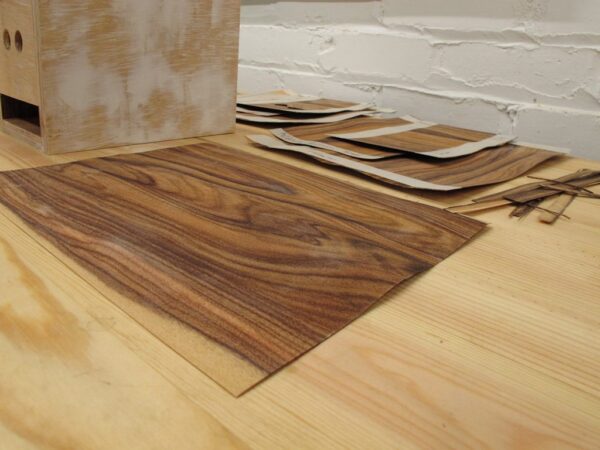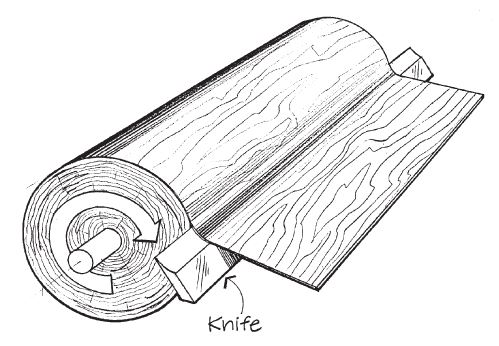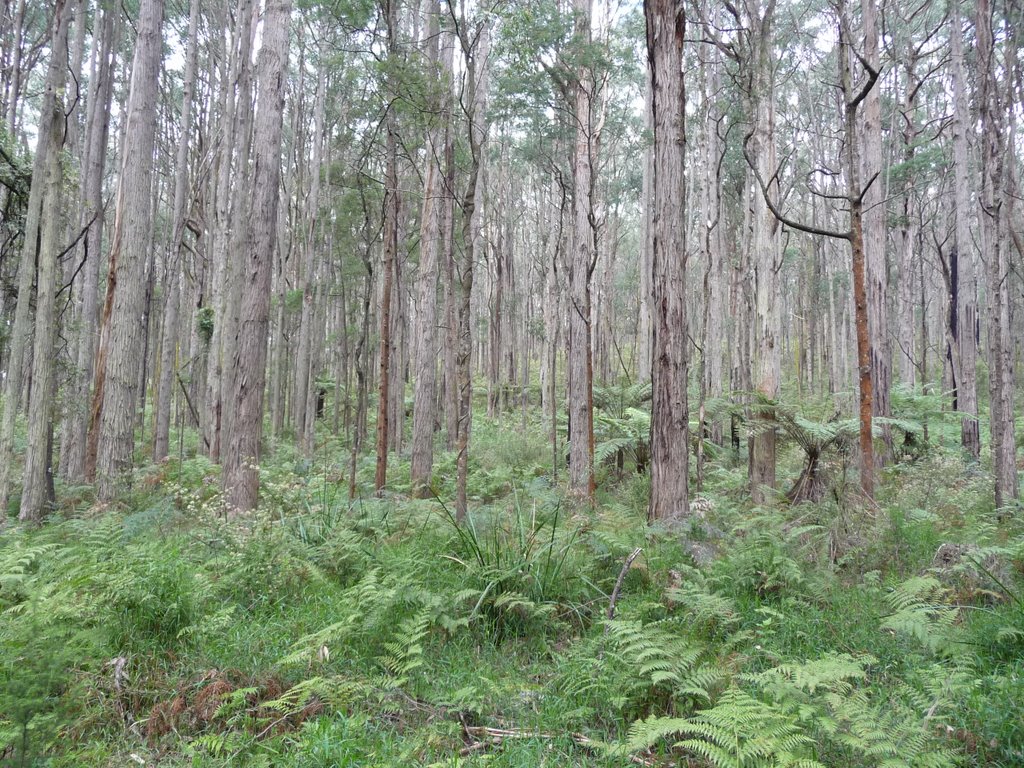Solid timber and timber veneer are both used in woodworking and furniture making, but they differ significantly in terms of composition, appearance, and application. Here’s a breakdown of the key differences between these two materials:
Composition:
- Solid Timber, as the name suggests, consists of one solid piece of wood, cut directly from a tree trunk. It retains the natural grain, texture, and characteristics of the wood.
- Timber Veneer is a paper-thin slice of real wood that is peeled from a log. It is then adhered to a substrate of plywood, MDF, or particleboard, to create a panel.
Appearance:
- Solid Timber showcases the beauty of the natural wood grain, knots, and imperfections. The appearance of solid timber can vary significantly depending on the wood species.
- Timber Veneer also displays the beauty of real wood grain but in a thinner form. The grain pattern can be carefully selected and matched for consistency. Veneers can emulate the appearance of rare or expensive wood species without using large amounts of solid wood.

Timber veneer after slicing, before being glued to a substrate.
Cost:
- Solid Timber tends to be more expensive due to the amount of raw material required. The price can vary depending on the rarity and quality of the wood species.
- Timber Veneer is more cost-effective because it uses a thin layer of wood applied to a less expensive substrate. It allows for the use of premium wood species in a more economical way.
Sustainability:
- Solid Timbers’ sustainability depends on responsible forestry practices. Harvesting mature trees can impact ecosystems, so sustainable sourcing is essential.
- Timber Veneer can be more sustainable as it makes more efficient use of wood resources. It allows for the creation of decorative surfaces with a smaller environmental footprint.
Durability:
- Solid Timber is generally more durable and can be refinished multiple times. It is less prone to damage from impacts or moisture when compared to veneer.
- Timber Veneer is thinner and may be more susceptible to damage from moisture and physical wear. However, it can still be quite durable when properly maintained.
In summary, the choice between solid timber and timber veneer depends on your project’s requirements, budget, and aesthetic preferences. Solid timber offers natural beauty and durability but can be costlier, while timber veneer provides a cost-effective way to achieve the appearance of real wood with versatility in design.





